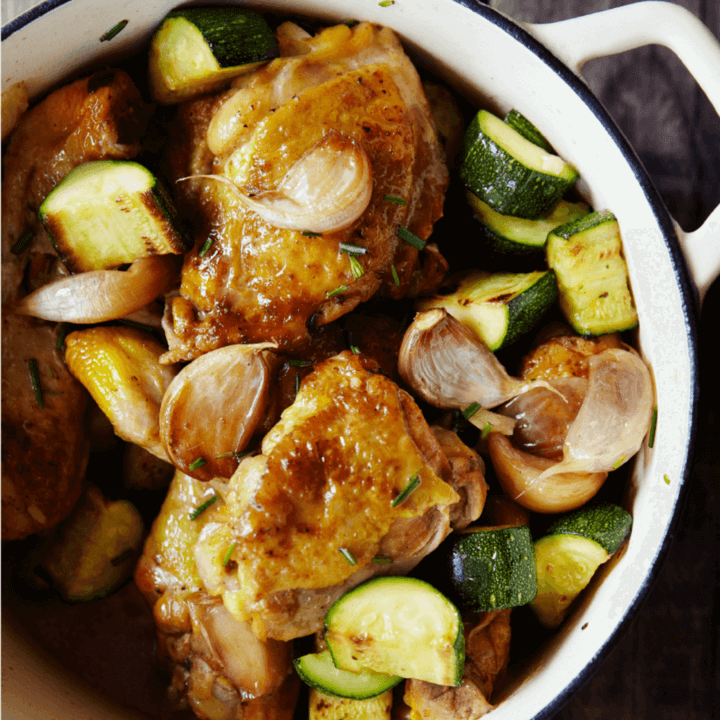
Fig & Lentil Salad from Virtually Vegan
Summer and salad go hand-in-hand and this offering from Heather Whinney’s Virtually Vegan is a fresh, sweet, figgy take on a summertime staple. Complete with a harissa
Extract from Spelt by Roger Saul
Spelt is truly a wholegrain, in contrast to so many of the pretenders on the shelves these days. Unlike much wheat, where the nutritional benefits of bran and germ are largely removed during milling, the good stuff in spelt is found in the inner kernel of grain, and so survives the milling process unscathed. Few reasons why spelt makes people feel good:
1. It beats the bloat
It seems that sensitive digestive systems find spelt is more easily tolerated than those varieties of modern wheat that have been bred to contain a high gluten content for the production of high-volume baked goods. This could be because spelt has a more fragile gluten structure, which is easier to digest as it is more water soluble than modern wheat.
2. It’s high in fibre
Spelt’s high fibre content not only makes it easier to digest the gluten, but it is important for lowering cholesterol levels in the blood, too. In addition, foods with a high fibre content pass through the gut more quickly, and research shows that faster transit time is an important factor in bowel cancer prevention.
3. It provides slow-release energy
The structure of the long chain molecules in the spelt grain are important because they help your body digest the grain slowly. Spelt also has a lower GI (‘glycaemic index’: the effect that different foods have on blood glucose levels) than many grains. Many people are sensibly learning to avoid high-GI carbs found in refined foods, which cause glucose ‘spikes’ to hit your bloodstream and can lead to all kinds of health problems, including type-2 diabetes.
4. It’s a natural vitamin and mineral source
Spelt grain is a good source of nutrients; it’s high in B vitamins, which help to break down and release energy from food, keep nerves and muscle tissue healthy as well
as aid skin, digestive system and eye health. It contains vitamin E, which helps to protect the cells from the damaging effects of free radicals. It is rich in the mineral magnesium, which is important for activating muscles and nerves and creating energy in the body. Spelt also contains potassium and iron. Potassium is vital to help nerves and muscles communicate, while iron provides oxygen to blood cells. Finally, it is rich in manganese, which plays an important role in the digestion and utilisation of food, normal bone structure and the functioning of the central nervous system.
5. It’s good for your heart, blood and bones
Spelt is an excellent source of phytoestrogens and lignans. Phytoestrogens are plant compounds that scientists believe may help blood cholesterol levels, blood vessel elasticity, bone metabolism and many other vital cellular metabolic processes.
6. It’s a healthy source of protein
The protein in the spelt we produce at Sharpham has historically made up between
11 and 15 per cent of the grain, depending on the growing season and weather conditions. These proteins contain all of the nine essential amino acids needed by the human body (called ‘essential’ because the body cannot manufacture them on its own).
7. It might even make you happier too!
Recently, scientists have confirmed what naturopaths have been suggesting for years
– that your gut ‘brain’, the enteric nervous system, is innately linked to your immune system, and that your digestive health can have a direct effect on your emotional state. Patients suffering from irritable bowel syndrome (IBS) or other digestive disorders can also suffer from anxiety and depression. I am a firm believer that keeping your tummy happy can help keep you happy, too, and as spelt can aid with digestion and bloating, it could be the perfect prescription.
Mary Thomas’ Pine Nut & Cranberry Soda Bread
Make 2
Preparation time: 20 minutes
Cooking time: 35 minutes
Ingredients: a little oil, for greasing; 675g/11⁄2lb/heaped 51⁄3 cups white; spelt flour, plus extra for dusting; 1⁄2 tsp sea salt; 1 tsp bicarbonate of soda; 1 handful of pine nuts; 1 handful of dried cranberries, or any dried fruit/seeds of your choice; 285ml/10fl oz/scant 11⁄4 cups buttermilk, plus extra if needed
Preheat the oven to 200°C/400°F/gas 6 and grease a large baking sheet.
Put all the dry ingredients in a large bowl and make a well in the centre. Add the buttermilk, then stir gently with a knife to bind the mixture together to a soft, scone-like consistency, stirring in a little more buttermilk, if needed.
Turn the dough out onto a lightly floured work surface, divide in half and gently shape into rounds. do not knead or the finished bread will be tough. Slice or press a cross in the top of each loaf, then put on the prepared baking sheet.
Bake for 35 minutes, or until a skewer inserted in the centre comes out clean. Transfer to a wire rack to cool.
Roger Saul
Spelt
ISBN: 9781848992290
£16.99
Sign up for our newsletter to get our new articles straight to your inbox every month.

Summer and salad go hand-in-hand and this offering from Heather Whinney’s Virtually Vegan is a fresh, sweet, figgy take on a summertime staple. Complete with a harissa

Too Good to Waste by Victoria Glass is THE guide to getting the very most out of your food, in the most delicious way possible! So much

Today we’re sharing a much coveted Real Bread: Slow Dough recipe – Cinnamon and Hazelnut Knots! These sweet knots are beloved all over Scandinavia, whip

We’re gearing up for the publication of French Countryside Cooking by Daniel Galmiche, coming your way on May 14th (pre-order your copy right here)! To celebrate, we’re sharing

Watkins Media Limited
Shepperton House unit 11
89 Shepperton Road
London, England
N1 3DF

Watkins Media Limited
Shepperton House unit 11
89 Shepperton Road
London, England
N1 3DF